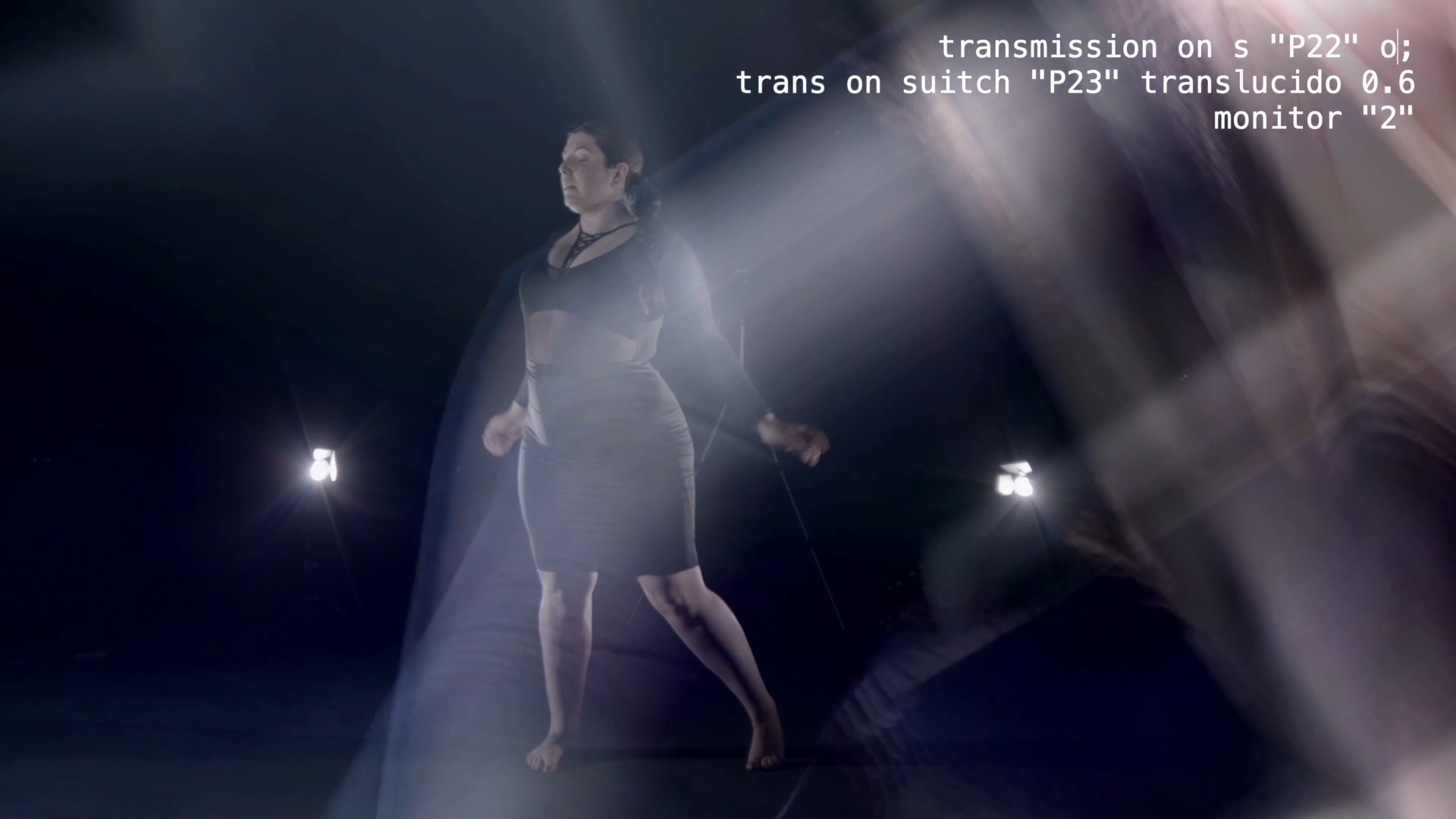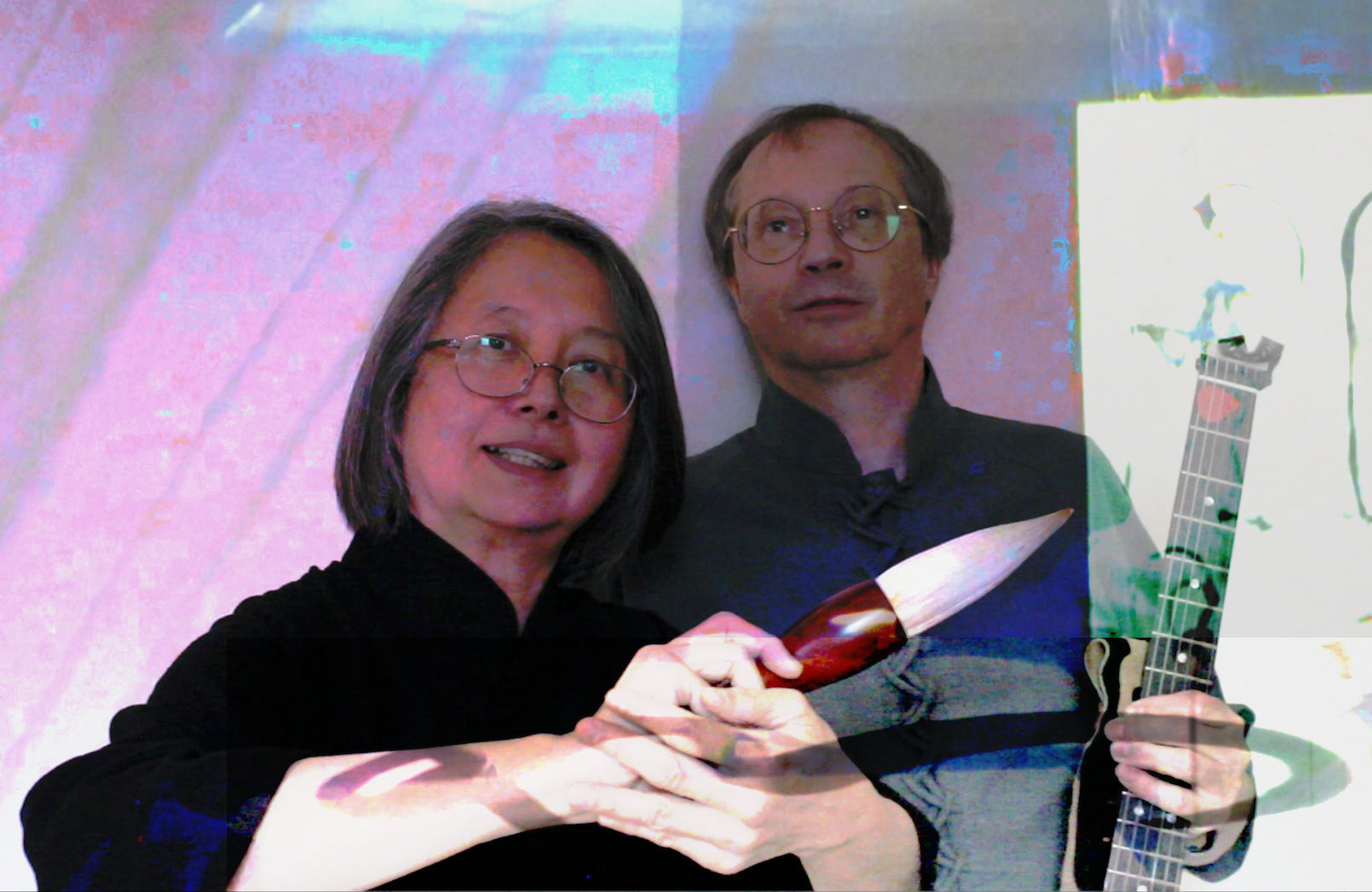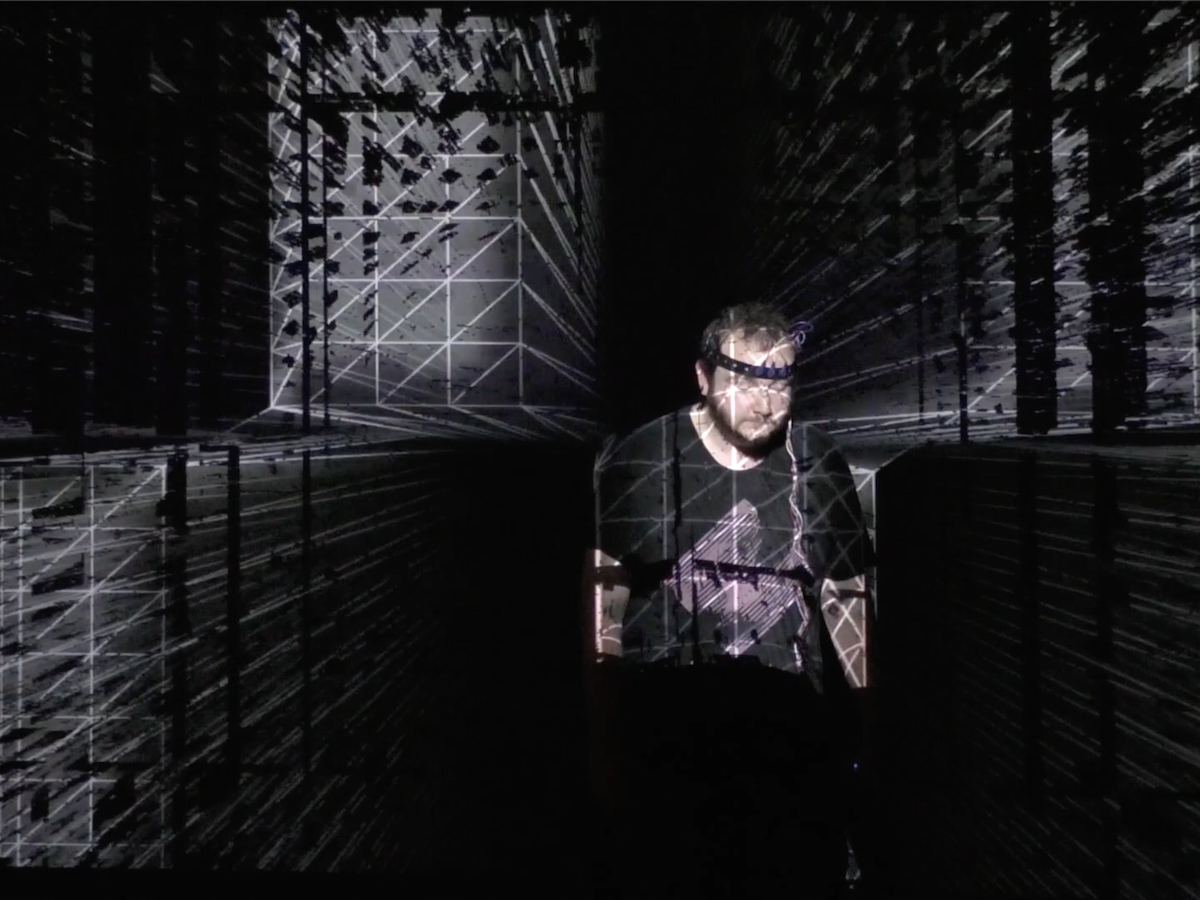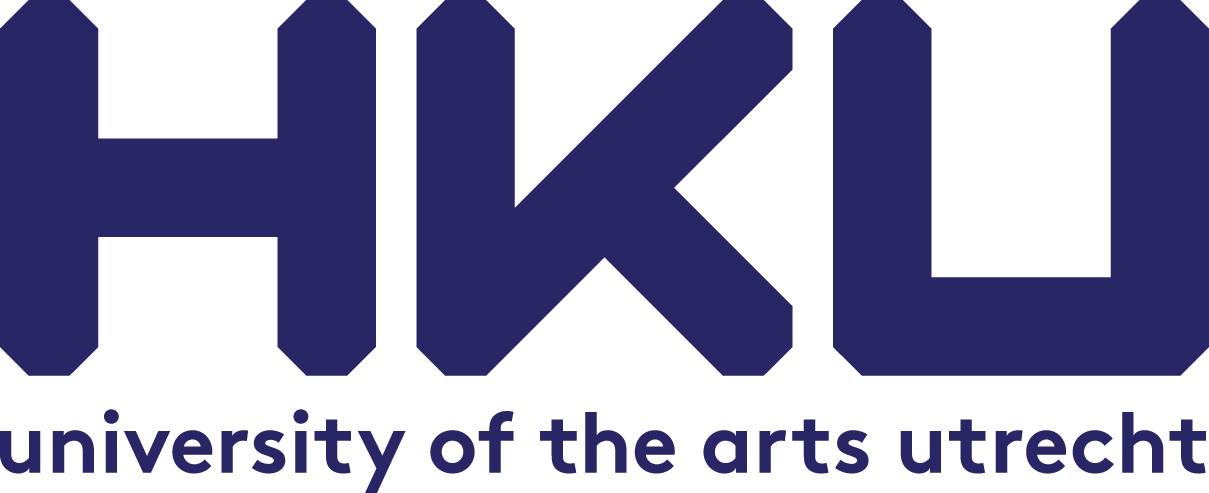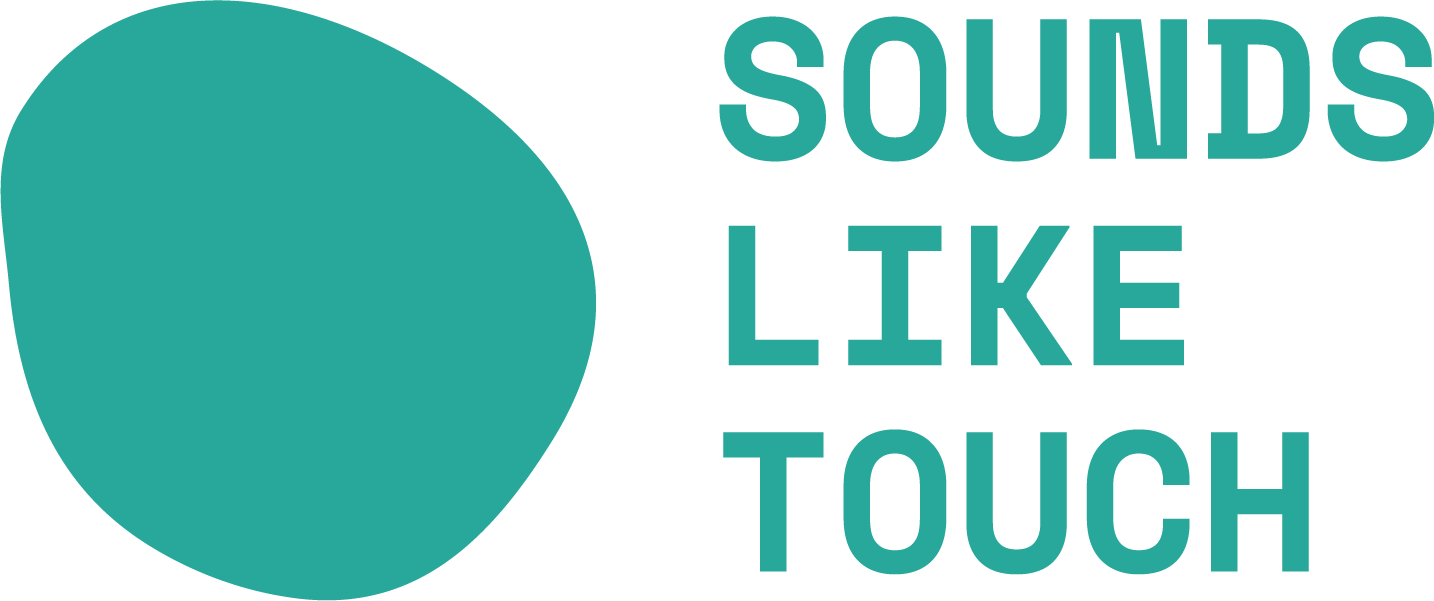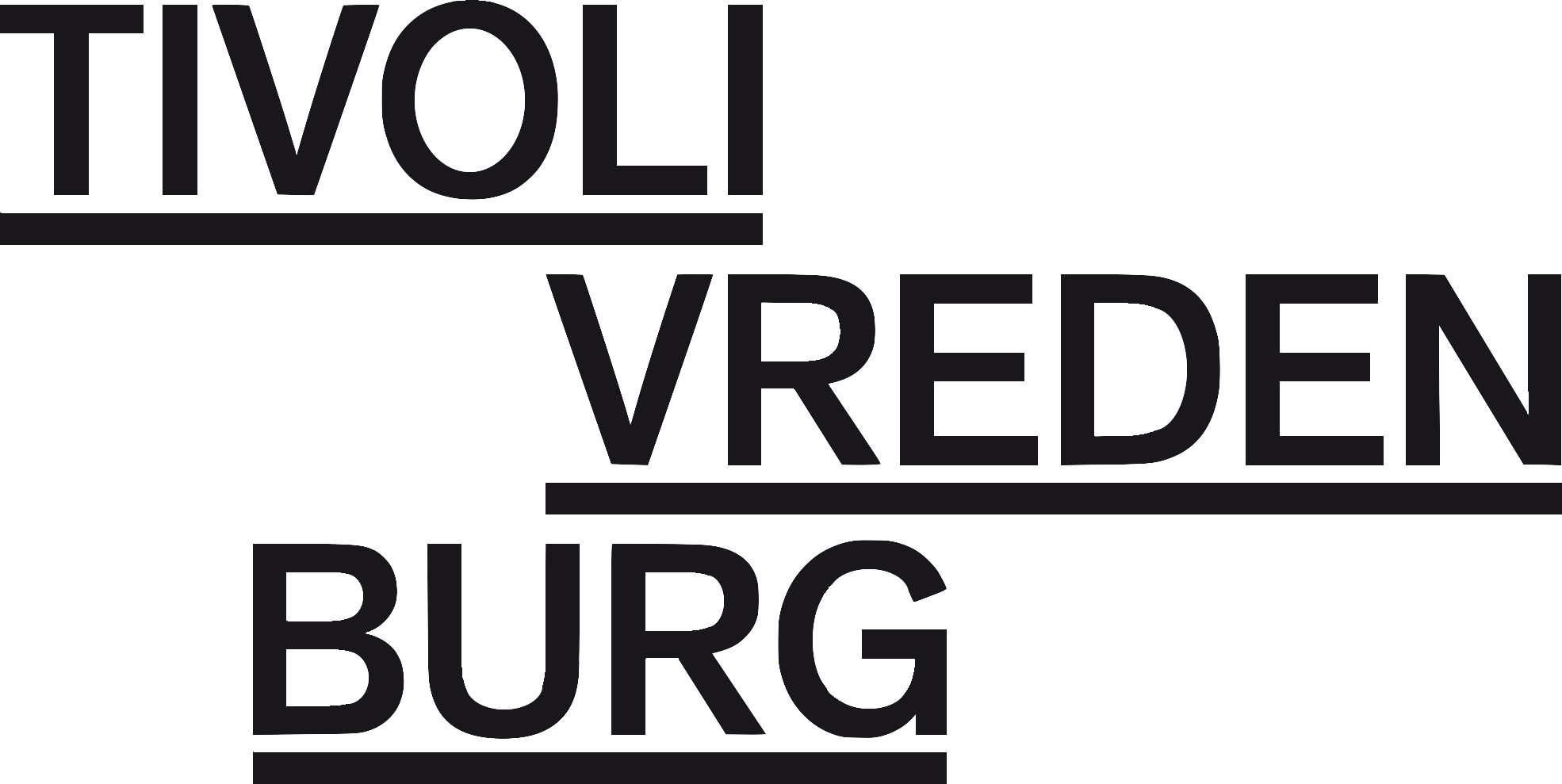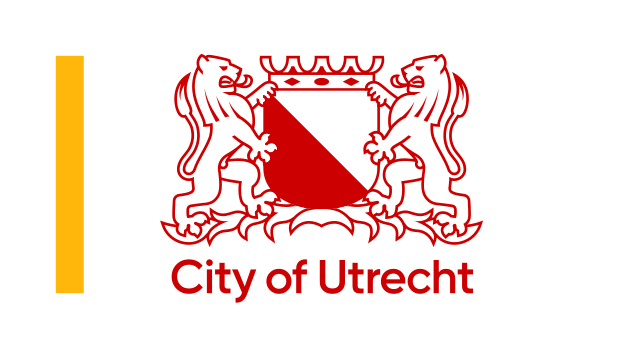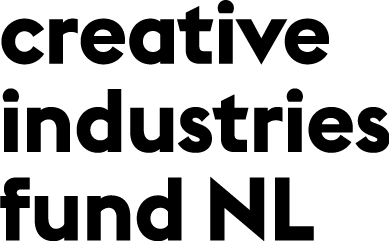Morph
Timo Hoogland (HKU University of the Arts Utrecht), Rafaele Andrade (Knurl lab)

Morph
Abstract:

Morph
Morph is an audiovisual performance that explores live hybrid sound design, with the use of electric guitar, acoustic drums, electronics and live coding. This iteration of Morph is performed by Timo Hoogland (drums, code) and Lina Bautista (guitar, code). While playing they both code live using the Mercury language. During the piece they explore how their instruments can extend beyond their own sound by controlling each others sonic output. Morph is an ongoing research between Rafaele Andrade, Timo Hoogland and Lina Bautista.
